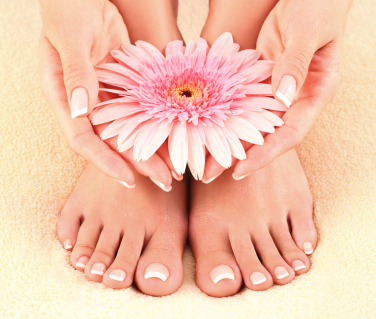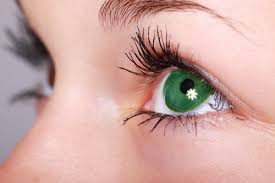Five Unusual Medical Uses of Botox
May 15th, 2015Once you have decided to train in cosmetic treatments you are probably envisioning helping people to look and feel their best, but Botox; one of the treatments Cosmetica would train you in, has been proven to help people in many more ways then just promoting self-confidence.
Potentially Used on Cancer Patients
Although there are still tests that need to be done to prove this, Botox has been known to be effective in reproducing hair that has been lost during Chemotherapy. While there is disagreement as to whether or not this is a valid source of hair regrowth, it certainly worked with Dr. Simon Ourian’s patients.
Studies have also shown that Botulinum toxins worked to slow stomach cancer growth in mice; a human study is currently taking place. Since the discovery that nerves are involved in the growth of tumours, Botox, which numbs nerve endings could be a valuable asset to increasing survival and reducing cancer growth. Read more about the study here.
Foot Pain
We have all experienced sore feet, standing up during a concert for three hours, working long shifts that requires a lot of standing etc; but for some diabetics the foot pain they experience is a lot more serious. There have been many attempts at reducing “Diabetic Neuropathic Pain”, and while some have been successful, there is yet to be a treatment that is successful 100% of the time. Botox is the most recent competitor to take the title. It can be injected into the foot and acts to protect soft tissues and nerves, offering relief to diabetics suffering with foot pain. Read the study proposal here.
Incontinence Deterrent
Botox injections have also been proven effective for people who are suffering with an overactive bladder including individuals whose overactive bladder is caused by diseases such as Parkinson’s, Multiple Sclerosis and other conditions. The results of these injections are known to last for months. To watch a clip of the procedure being carried out; click here. The Botox injections relax the bladder, reducing contractions that cause an individual to suffer from urine leakage or frequent urination urges.
Twitches
Thanks to its relaxing qualities, Botox can also be used to treat twitches caused by strokes or hemifacial spasms for example. Dosages are tailored to individual needs but the maximum dosage should never be exceeded.
Botox has also been used to treat eye squints for a number of years. It is also used to move the eye into place before surgery and lasts for approximately three months. You can read more about the effects of using Botox in this way by clicking here.
Bells Palsy
Botox can also be treated in the long or short term for people suffering with Bells Palsy; a temporary condition where muscles are paralysed. Although it appears to be an unusual use of Botox, it has actually been an effective treatment for years.
Patients can be injected in either side of the face to reduce and relax muscle activity for an improved facial appearance. To see Botox treatment for a patient who has suffered with Bells Palsy, watch this video clip. The treatments not only increases facial symmetry but also increases patient comfort. For additional information on how Botox injections can aid Bells Palsy patients, click through to the Bells Palsy website.
For more information about some of the medical uses of Botox, we recommend reading this document which gives you an in-depth analysis on the Medicines and Healthcare products Regulatory Agency’s findings of the examples found throughout this post.









